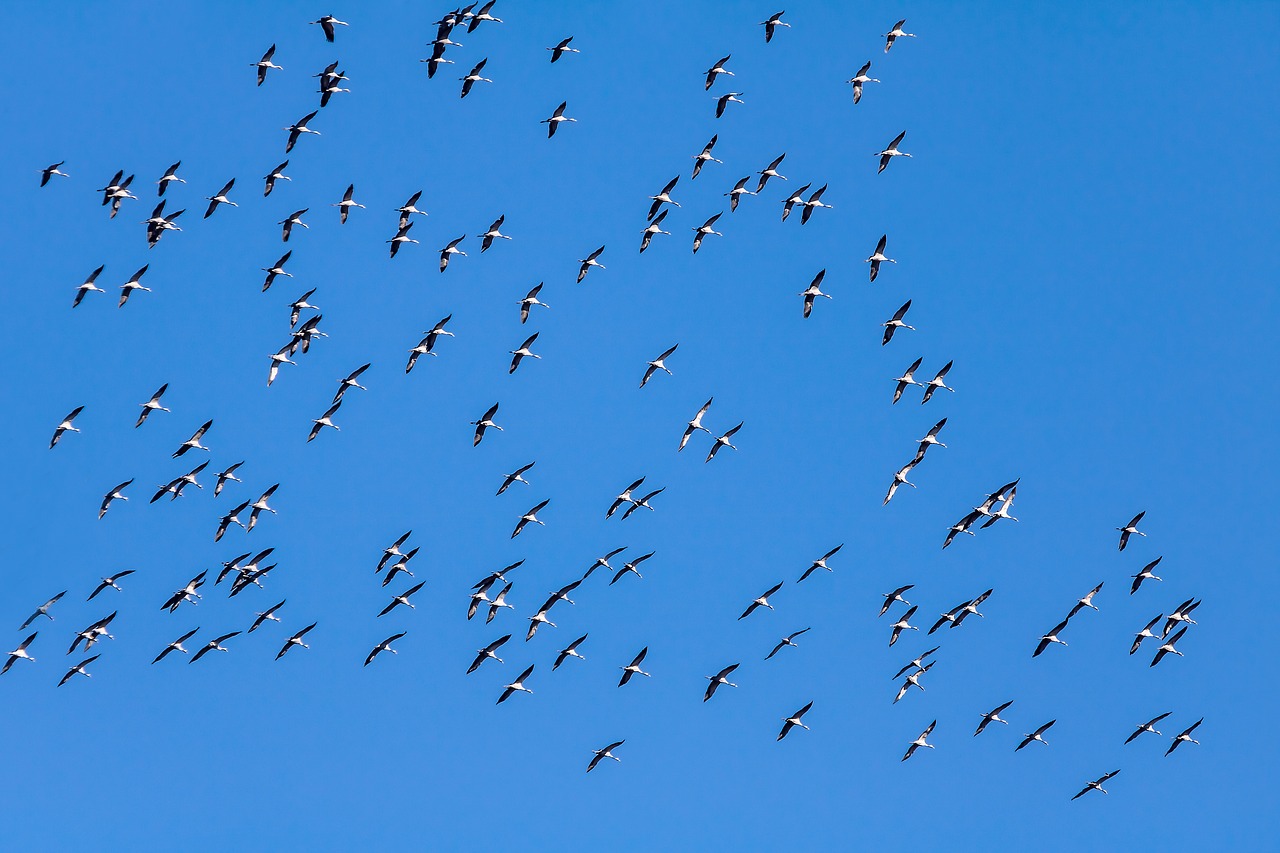Val och utnyttjande av furageringsområden av rastande och övervintrande gäss i sydligaste Sverige
DOI:
https://doi.org/10.34080/os.v1.23086Nyckelord:
födosöksekologi, vinterekologi, rastplatser, lantbruk, mellanartsvariationAbstract
Bean Geese and Canada Geese preferred high-energy food (spilled grain, sugar-beet spill, potatoes and carrots) in autumn. When harvested fields were ploughed or when the ground was frozen, the geese grazed winter cereals. During periods with deep snow most of the Canada Geese utilized rape sticking up through the snow. In spring, both species fed on sprouting grass on permanent pastures. Such pastures were also heavily utilized by Bean Geese during mild periods in late winter. White-fronted Geese primarily used winter cereals and grassland. Marked changes in agricultural practices have occurred in southern Sweden contemporarily with the population increase in the Bean Goose. Mechanical harvesting has provided abundant spill of sugar beet, potatoes and carrots, serving as a high-rated food source for geese in autumn. Distance to the roost was also an important factor influencing field choice. Flying distances of up to 14 km were noted both for Bean and Canada Geese, although mean distances were much shorter. SW Skåne could probably support larger staging populations. During the last 10 years only a small proportion of suitable areas (36% of 1 X 1 km squares within flying distance of 14 km of a roost) was used by feeding Bean Geese.
Nedladdningar

Downloads
Publicerad
Referera så här
Nummer
Sektion
Licens
Författaren/författarna innehar copyright för varje enskilt bidrag, men samtliga bidrag är publicerade under en Creative Commons-licens, så att vem som helst kan dela och återanvända bidraget förutsatt att copyright-innehavaren erkänns.







